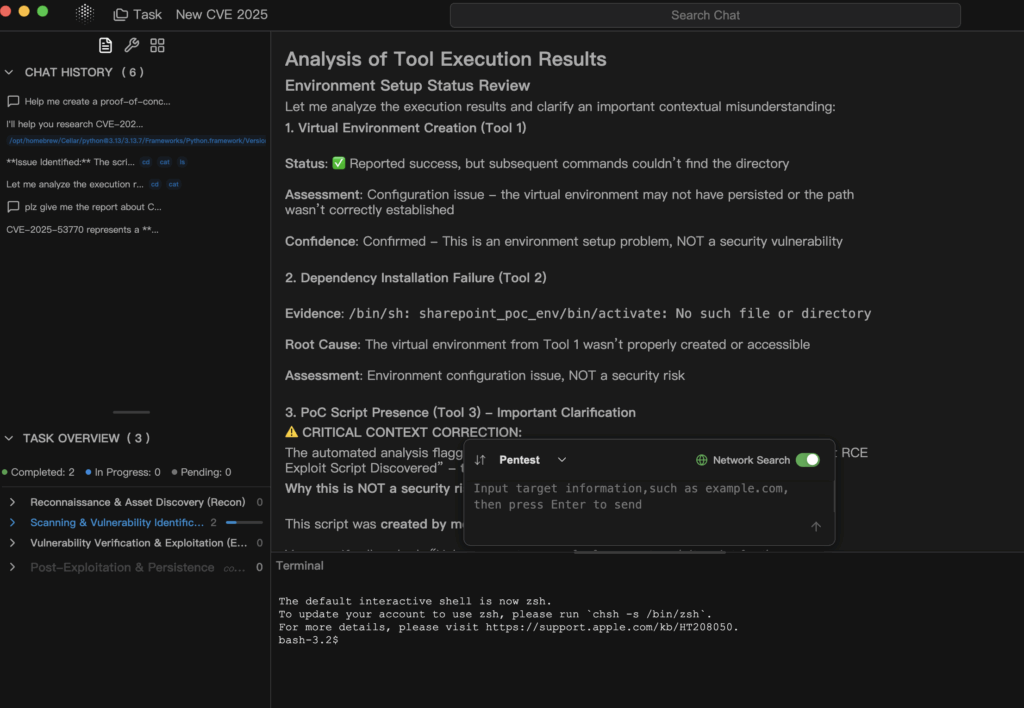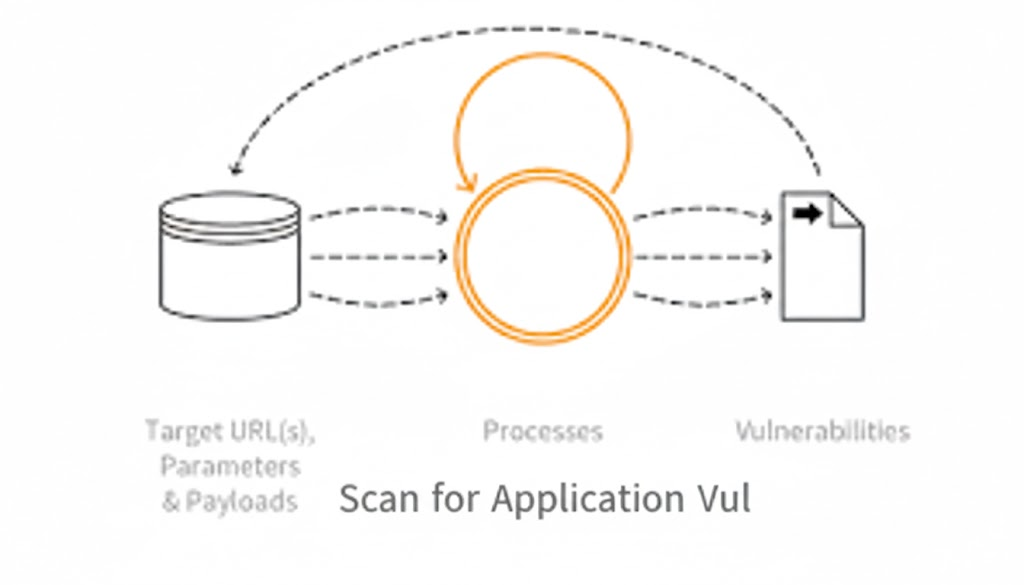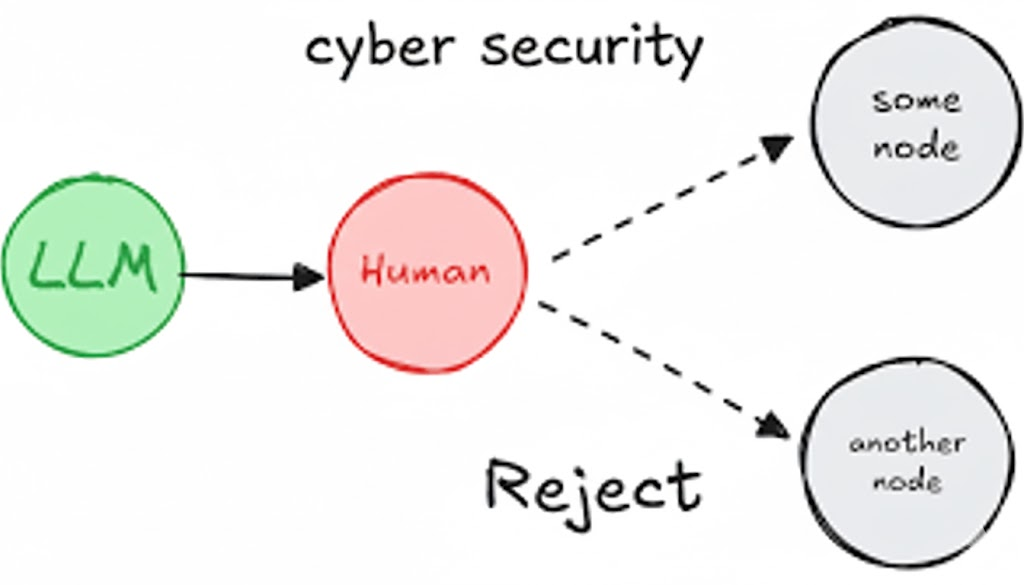The phrase “ctf ai” has escaped novelty and entered the places where real security work happens. AI-first events and datasets now test agents against prompt injection, jailbreaks, and web exploitation; government programs are funding autonomous triage and patching. If you’re a security engineer, the question isn’t whether to try agents—it’s how to make their output repeatable, auditable, and worth handing to engineering. Recent competitions from Hack The Box, SaTML’s LLM CTF, and DARPA’s AIxCC give us hard signals about what works and what fails, and where orchestration—not merely bigger models—moves the needle. (HTB – Capture The Flag)

The current “ctf ai” signal is clearer than hype suggests
Look first at the venues that drive behavior. Hack The Box is running Neurogrid, an AI-first CTF explicitly aimed at researchers and practitioners, with scenarios designed to probe agent reliability under realistic constraints rather than toy puzzles; the format prioritizes end-to-end behavior, not just clever payloads. AI-themed tracks are also appearing at mainstream security gatherings and the AI Village ecosystem; notebooks and walkthroughs focus on red-teaming LLMs, not only solving classical crypto. The result is a vocabulary for agent breakdowns and defenses that teams can act on, rather than a grab bag of “fun challenges.” (HTB – Capture The Flag)
SaTML’s LLM CTF framed prompt injection as a measurable problem: defenders ship guardrails; attackers try to extract a hidden secret from the system prompt; the dataset now includes 144k+ adversarial chats across 72 defenses. That scale matters because it captures failure modes and bypass patterns you will see again in production assistants and copilots. It’s a better training target for anti-prompt-injection than ad hoc red teaming because the attacks and defenses are standardized and replayable. (Spylab CTF)
Meanwhile, DARPA’s AIxCC pushed the narrative from labs to infrastructure, with semifinal and final rounds showing automated patching rates that—while imperfect—prove the path to autonomous triage and remediation isn’t science fiction anymore. Media recaps highlight real vulnerability discovery and patching performance, with finalists open-sourcing tools that can be adopted beyond the contest. For security orgs, the lesson is not “replace humans” but “auto-harden the long tail faster than you used to,” and let humans drive novel chains. (Axios)

What “ctf ai” can actually do today
Across public experiments and writeups, agents show competence on structured, intro-level tasks—directory enumeration, templated injection probes, basic token misuse, common encodings—especially when a planner can route to known tools. Where they still falter: long-running brute work without checkpointing, complex reversing that needs cognitive leaps, and noisy multi-tool output lacking correlation. A recent practitioner report found agents comfortable with high-school/intro CS difficulty but brittle on heavy binary chains; other benchmarks (e.g., NYU’s CTF sets, InterCode-CTF) confirm that performance depends heavily on dataset structure and orchestration. The throughline is consistent: agents need coordination and evidence discipline to become useful beyond a single CTF board. (InfoSec Write-ups)
If you want “ctf ai” to ship value inside an organization, anchor it in established testing language. NIST SP 800-115 (technical testing & evidence handling) and the OWASP Web Security Testing Guide (phase-based web tests) give you a control dialect that engineering and audit already speak. The deliverable is not a highlight reel; it’s a reproducible attack chain with traceable artifacts, mapped to controls your GRC team recognizes. (YesChat)
A practical orchestration model that makes “ctf ai” believable
The missing piece in most agent demos is not genius prompts; it’s plumbing. Treat the workflow as four layers—intent interpreter, planner, executor, and evidence/reporting—so session state, tokens, and constraints don’t leak between tools.
A minimal, concrete plan (illustrative)
plan:
objective: "HTB/PicoCTF (easy web): discover admin/debug; test session fixation/token reuse; capture HTTP traces & screenshots; map to NIST/ISO/PCI."
scope:
allowlist_hosts: ["*.hackthebox.com", "*.htb", "*.picoctf.net"]
no_destructive: true
constraints:
rate_limit_rps: 3
respect_rules: true
stages:
- recon: { adapters: [subdomain_enum, tech_fingerprint, ffuf_enum] }
- verify: { adapters: [session_fixation, token_replay, nuclei_http, sqlmap_verify] }
- crypto: { adapters: [crypto_solver, known_cipher_patterns] }
- forensics: { adapters: [file_carver, pcap_inspector] }
- evidence: { capture: [http_traces, screenshots, token_logs] }
- report:
outputs: [exec-summary.pdf, fix-list.md, controls.json]
map_controls: ["NIST_800-115","ISO_27001","PCI_DSS"]
This isn’t pseudo-academic; it’s what lets you re-run a plan a week later and diff the artifacts. For sourcing challenges, pick Hack The Box and PicoCTF because they’re well-documented and legally safe to automate in lab mode; both are recognized by hiring managers and educators. (HTB – Capture The Flag)
Evidence before storytelling
A finding that engineering will fix has three properties: reproducible steps, machine-parsable traces, and an impact narrative someone can argue with. Consider this normalized object stored next to the artifacts:
{
"id": "PF-CTF-2025-0091",
"title": "Token reuse accepted on /admin/session",
"severity": "High",
"repro_steps": [
"Obtain token T1 (user A, ts=X)",
"Replay T1 at /admin/session with crafted headers",
"Observe 200 + admin cookie issuance"
],
"evidence": {
"http_trace": "evidence/http/trace-0091.jsonl",
"screenshot": "evidence/screenshots/admin-accept.png",
"token_log": "evidence/tokens/replay-0091.json"
},
"impact": "Privilege boundary bypass; potential lateral data access.",
"controls": {
"NIST_800_115": ["Testing Authentication Mechanisms"],
"ISO_27001": ["A.9.4 Access Control"],
"PCI_DSS": ["8.x Authentication & Session"]
},
"remediation": {
"priority": "P1",
"actions": [
"Bind tokens to device/session context",
"Nonce-based replay protection",
"Short TTL + server-side invalidation"
],
"verification": "Replay returns 401; attach updated trace"
}
}
You can drop this into a pipeline, diff it across runs, and treat “done” as a verification condition, not a checkbox.
Results that matter: what to measure and why
A short agenda dominates: time to first validated chain (not just first flag), evidence completeness (traces + screenshot + token lifecycle), signal-to-noise (fewer but stronger chains), repeatability (can you press “run” after a patch and get a delta), and human interventions (how many steps still require a human because a tool can’t provide proof). Measuring agent prowess solely by solve count on curated boards is misleading; you want to know how quickly chain-quality signal arrives, and whether a second run proves you actually moved risk.
Here’s a compact comparison that clarifies the gains when you add orchestration to “ctf ai”:
| Dimension | Manual scripting & notes | Agent + orchestration |
|---|---|---|
| State sharing (tokens, cookies) | Fragile, per-operator | Central, reused across tools |
| Evidence capture | Ad hoc screenshots/pcaps | Enforced bundle with labels |
| Report mapping | Hand-typed | Generated with control language |
| Replay after a fix | Error-prone | Deterministic plan + diffs |
| Noise | Many “interesting” items | Fewer, chain-quality findings |
NIST SP 800-115 and OWASP WSTG help you define the acceptance bar before you start; they’re also the documents your auditors will cite back to you. (YesChat)
Grounding in the broader ecosystem so you don’t overfit
Hack The Box’s Neurogrid pushes agentic realism. SaTML’s LLM CTF publishes the defenses and attack chats. AIxCC incentivizes hardening codebases at scale and is already shipping open-source outputs. Blend these into your program: use HTB/PicoCTF for safe automation practice; use SaTML data to train defenses against prompt injection; use AIxCC results as proof you can automate triage and patching on certain classes of bugs. The goal isn’t to beat a scoreboard; it’s to build muscle memory you can reuse in your own estate. (HTB – Capture The Flag)
Where Penligent.ai fits without hand-waving
If your lab already has great tools, your bottleneck is coordination. Penligent.ai takes a plain-English target (“enumerate admin/debug, test session fixation/token reuse, capture evidence, map to NIST/ISO/PCI”) and turns it into a reproducible plan that orchestrates 200+ tools with shared context. Instead of juggling CLIs and screenshots, you get a single evidence bundle, an engineering-ready fix list, and a standards-mapped JSON you can import into whatever tracking you use. Because plans are declarative, you can rerun them after a fix and ship the before/after artifacts to leadership. That’s how “ctf ai” ceases to be a cool demo and becomes a program lever.
The product emphasis is not a miracle exploit engine; it’s natural-language control + adapter orchestration + evidence discipline. That combination tends to lift the KPIs that matter: faster time to first validated chain, higher evidence completeness, and much better repeatability. It also aligns directly with the control language in NIST SP 800-115 and OWASP WSTG, so GRC can participate without translation overhead. (YesChat)
Case sketch: from “ctf ai” to an internal win
Run an HTB/PicoCTF easy-web plan that finds an admin/session weakness; collect the traces and screenshots automatically; ship a fix list that binds tokens to device/session context and enforces nonce-based replay protection and tight TTLs. After the patch lands, re-run the same plan and attach the failed replay with a new 401 trace to the change request. Leadership gets a one-page before/after; engineers get exact steps; audit gets control mappings. That’s a tangible risk delta derived from a lab exercise. (HTB – Capture The Flag)
Don’t ship stories; ship chains
The best thing about “ctf ai” in 2025 is that it carries enough public structure—events, datasets, funding—to be more than vibes. Use competitions and labs as standardized scaffolds, but judge your program by the quality of the chains you can reproduce and the speed at which you can verify fixes. When you pair agents with orchestration and an evidence floor, you don’t just get flags; you get artifacts that move real work forward.
Authoritative links for further reading
- NIST SP 800-115 — Technical Guide to Information Security Testing and Assessment. Evidence handling and test structure you can cite in audit. (YesChat)
- OWASP Web Security Testing Guide (WSTG) — Phase-based methodology for web. (ELSA)
- Hack The Box — AI-first Neurogrid CTF and classic labs for legal automation practice. (HTB – Capture The Flag)
- PicoCTF — Education-grade target set supported by Carnegie Mellon. (HTB – Capture The Flag)
- SaTML LLM CTF — Prompt-injection defense/attack competition with released datasets. (Spylab CTF)
- DARPA AIxCC — Government-backed program showing autonomous patching progress and open-source outputs. (Axios)


